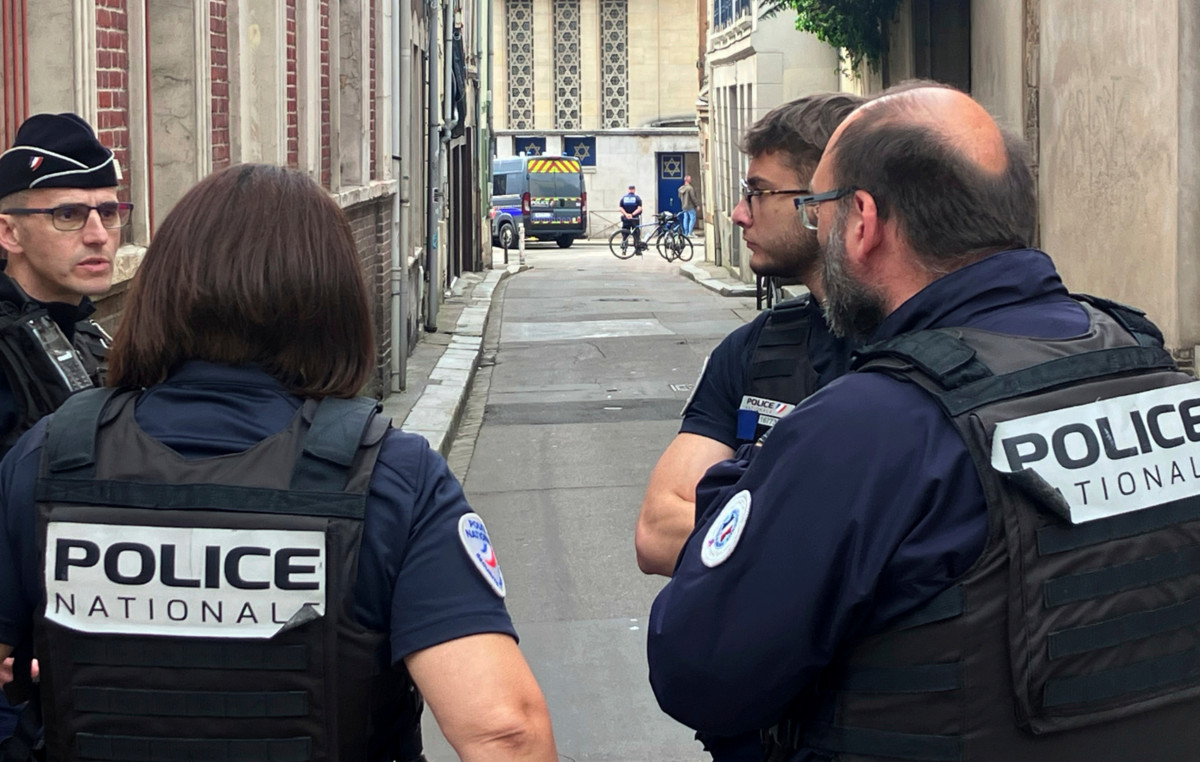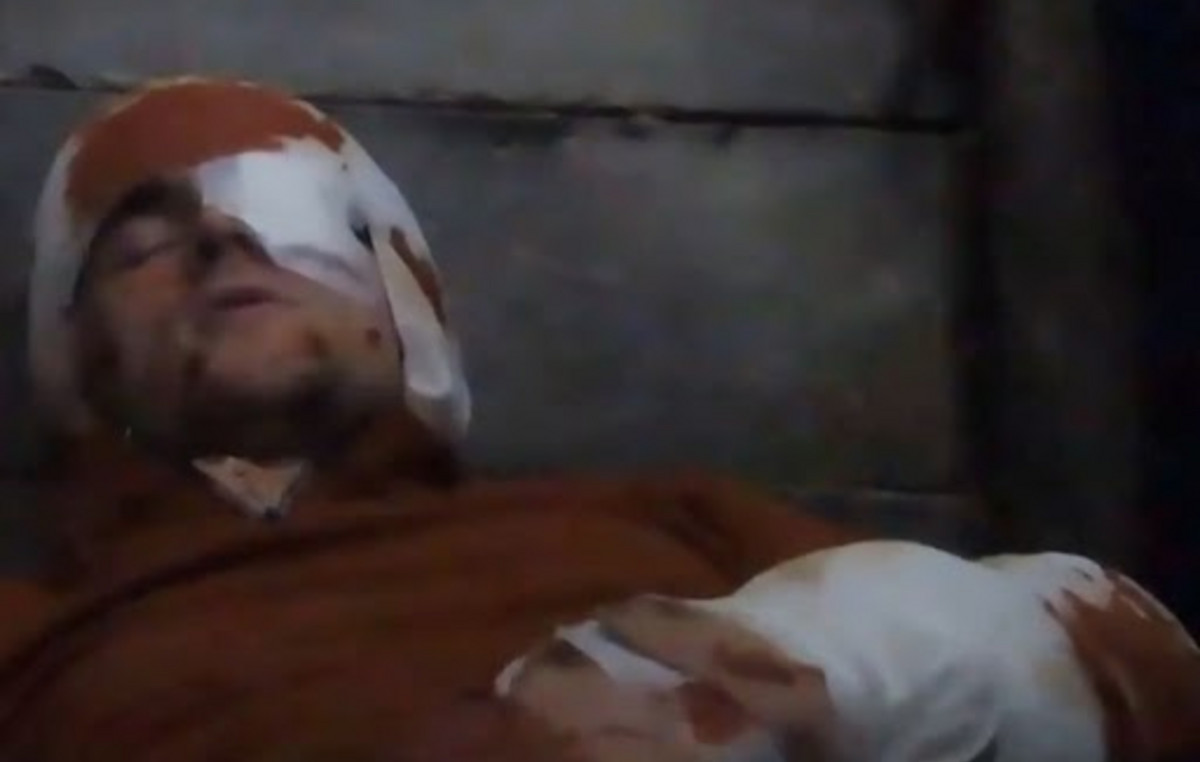The rules for proof of life that retirees and pensioners of the National Institute of Social Security (INSS) need to perform annually to continue to receive benefits will change. THE announcement was made by the federal government on Wednesday (2)with the publication of an ordinance.
The main change is that the proof of life will no longer be in person and will depend on the performance of the INSS itself, not on the initiative of retirees and pensioners.
The traditional trip to the bank where the benefit is deposited will not be extinguished or prohibited, but the idea is that it is a last resort, and that the process becomes more digital, preventing people from having to leave the house to perform it.
according to Ministry of Labor and Welfare, about 35 million people needed to take the test of life annually. The process of implementing these changes should take place throughout this year, with the determination that everything is finalized by December 31st.
Changes in the INSS proof of life
Before, the retiree or pensioner had to actively prove that he was alive. Now, it is the INSS that will need to carry out this proof.
With this, it will no longer be necessary to go to a bank branch. The institute will have access to a series of databases – federal, state, municipal and private -, and will cross this information to take the test.
According to the ministry, proof will be based on data such as proof of voting, renewal of identity card, driver or passport, records of transfers of goods, consultations by the SUS or of vaccination.
If these records exist within ten months of the beneficiary’s last birthday, they will count as proof of life, and the process is complete. The folder states that the INSS will still determine exactly what the means for confirmation will be.
If there is no information like this in the databases, it will be the role of the INSS to offer other ways to carry out the proof of life, which will be defined in the future. One of them, cited by the minister Onyx Lorenzoniwould be the availability in 2023 of a photo registration system via app for proof.
The president of the INSS, José Carlos Oliveira, mentioned the possibility of sending public servants for biometric collection at the home of the retiree or pensioner, completing the proof of life. In both cases, the idea is to prevent the person from having to leave the house.
Even so, it is still possible, for those who wish, to carry out the proof of life in person at bank branches, as is currently the case.
The month for the test continues to be the retiree’s or pensioner’s birthday. If you wish, you can take the test a month before, or at most up to a month later, to avoid blocking the payment.
When do the changes start to take effect?
The ordinance with the changes enters into force on the date of publication. According to the ministry, it already applies to everyone who has an anniversary date after publication.
The folder also stated that the INSS will have until December 31 to implement all the necessary changes for the new proof of life process.
Questioned by CNN Brasil Businessthe Ministry of Labor and Social Security said that, with this deadline, the blocking of benefits in 2022 will be suspended.
However, the proof of life can still be made voluntarily by retirees and pensioners, such as those who want to regularize the situation after not having taken the test in 2020 or 2021. The ordinance determines, however, that banks cannot oblige the insured to take the test in person.
How did it work?
The INSS proof of life was traditionally done in person, with the retiree or pensioner going to a bank branch where they receive the benefit. It was also possible to designate a legal representative to carry out the process, something more common in the case of people with limited mobility.
The INSS also offered the possibility of taking the proof of life through the “Meu INSS” app, using facial biometrics. In this case, however, it was necessary to have the biometrics registered with the Superior Electoral Court (TSE) or in Denatran.
Another way to do the proof of life, for the elderly over 80 years old or people with limited mobility, was to request a server to go to the beneficiary’s house, also through the INSS app or by calling 135.
Life tests were suspended in 2020 and 2021 due to the coronavirus pandemic. Covid-19.
What do experts say?
Adriane Bramante, president of the Brazilian Institute of Social Security Law (IBDP), sees an advantage in the measure. “Proof of life is always an inconvenience for INSS beneficiaries, whether by biometrics, because there is no internet or updated document, or going to the bank. It is very difficult for the beneficiaries,” she says.
She believes that the cross-referencing of data to carry out the proof of life is a “smart measure” to solve these problems.
For João Badari, a lawyer specializing in social security law, the change is positive for INSS policyholders with problems to carry out the process in person, such as sick and bedridden people and those who live in places far from bank branches.
The expert says, however, that the change will force the federal government to be more rigorous in the inspection to avoid possible fraud in the proof of life.
“The INSS will have to coordinate an intensive inspection work to prevent fraud in the social security system with the end of in-person proof of life. The old rule existed precisely to combat false policyholders and to ensure greater security for the federal government’s coffers,” he says.
Source: CNN Brasil
I am Sophia william, author of World Stock Market. I have a degree in journalism from the University of Missouri and I have worked as a reporter for several news websites. I have a passion for writing and informing people about the latest news and events happening in the world. I strive to be accurate and unbiased in my reporting, and I hope to provide readers with valuable information that they can use to make informed decisions.







